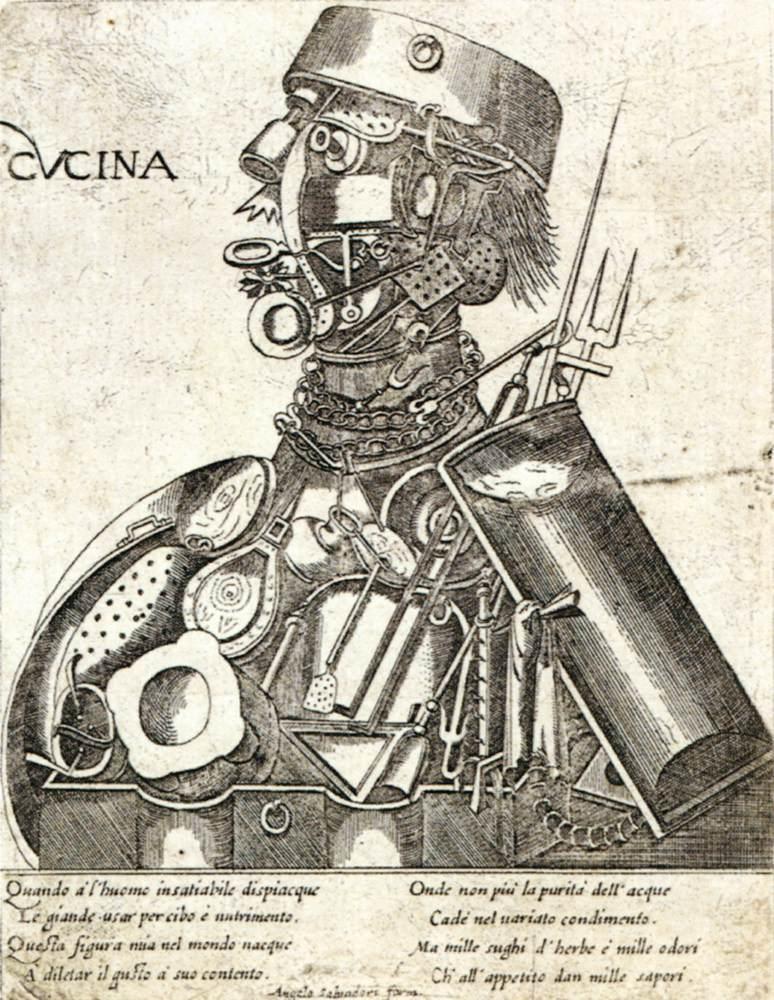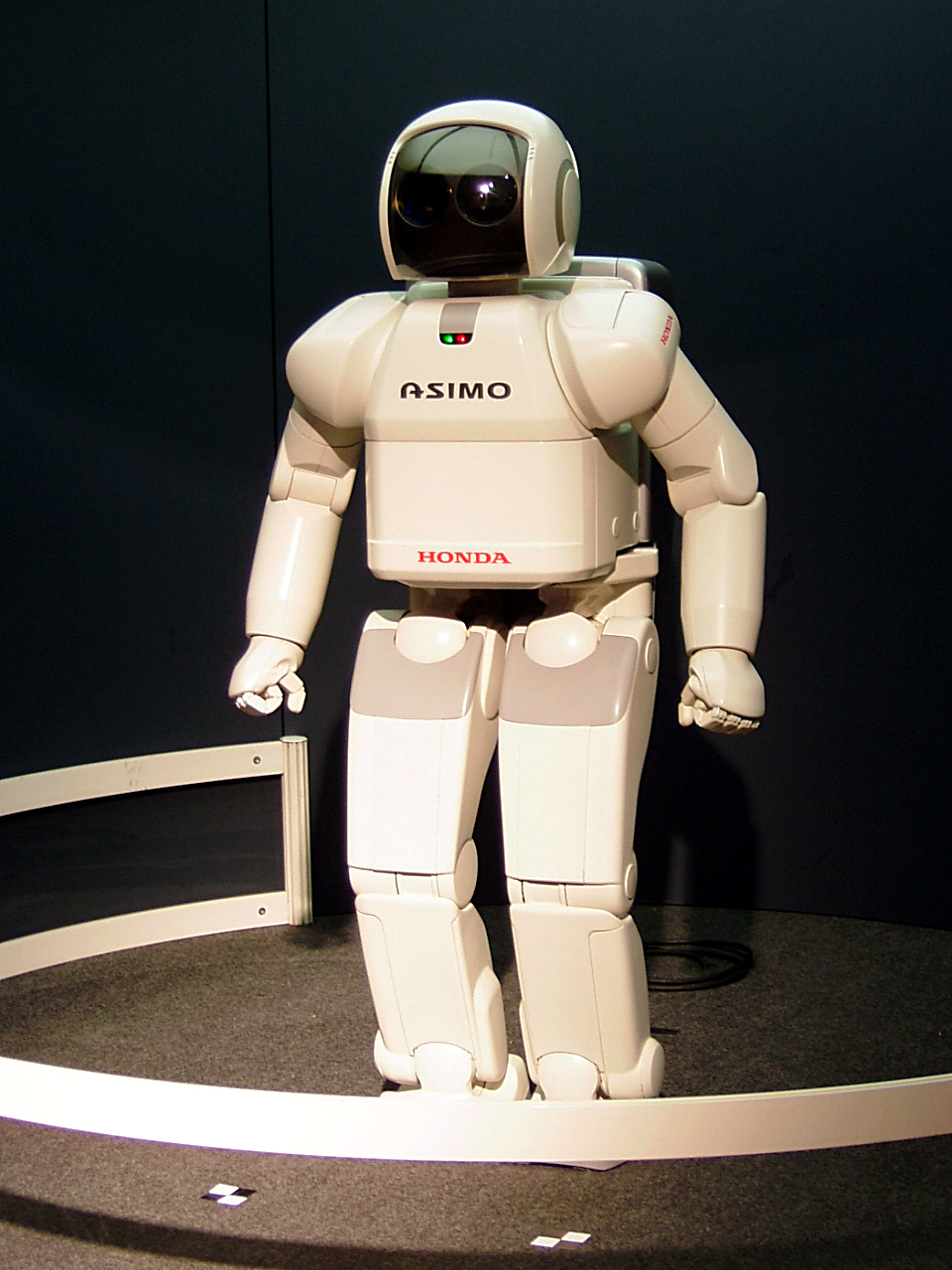|
Posthuman
Posthuman or post-human is a concept originating in the fields of science fiction, futurology, contemporary art, and philosophy that means a person or entity that exists in a state beyond being human. The concept aims at addressing a variety of questions, including ethics and justice, language and trans-species communication, social systems, and the intellectual aspirations of interdisciplinarity. Posthumanism is not to be confused with transhumanism (the biotechnological enhancement of human beings) and narrow definitions of the posthuman as the hoped-for transcendence of materiality. The notion of the posthuman comes up both in posthumanism as well as transhumanism, but it has a special meaning in each tradition. Posthumanism In critical theory, the posthuman is a speculative being that represents or seeks to re-conceive the human. It is the object of posthumanist criticism, which critically questions humanism, a branch of humanist philosophy which claims that human nature i ... [...More Info...] [...Related Items...] OR: [Wikipedia] [Google] [Baidu] |
Posthumanism
Posthumanism or post-humanism (meaning "after humanism" or "beyond humanism") is an idea in continental philosophy and critical theory responding to the presence of anthropocentrism in 21st-century thought. Posthumanization comprises "those processes by which a society comes to include members other than 'natural' biological human beings who, in one way or another, contribute to the structures, dynamics, or meaning of the society." Elsewhere (p. 35) in the same text Gladden proposes a longer definition, stating that "The processes of posthumanization are those dynamics by which a society comes to include members other than 'natural' biological human beings who, in one way or another, contribute to the structures, activities, or meaning of the society. In this way, a society comes to incorporate a diverse range of intelligent human, non-human, and para-human social actors who seek to perceive, interpret, and influence their shared environment and who create knowledge and meaning ... [...More Info...] [...Related Items...] OR: [Wikipedia] [Google] [Baidu] |
Transhumanism
Transhumanism is a philosophical and intellectual movement that advocates the human enhancement, enhancement of the human condition by developing and making widely available new and future technologies that can greatly enhance longevity, cognition, and well-being. Transhumanist thinkers study the potential benefits and dangers of emerging technologies that could overcome fundamental human limitations, as well as the technoethics, ethics of using such technologies. Some transhumanists speculate that human beings may eventually be able to transform themselves into beings of such vastly greater abilities as to merit the label of posthuman#Transhumanism, posthuman beings. Another topic of transhumanist research is how to protect humanity against existential risks from Existential risk from artificial general intelligence, artificial general intelligence, asteroid impact, gray goo, high-energy particle collision experiments, natural or synthetic pandemic, and nuclear warfare. The ... [...More Info...] [...Related Items...] OR: [Wikipedia] [Google] [Baidu] |
Cyborg
A cyborg (, a portmanteau of ''cybernetics, cybernetic'' and ''organism'') is a being with both Organic matter, organic and biomechatronic body parts. The term was coined in 1960 by Manfred Clynes and Nathan S. Kline.Cyborgs and Space in ''Astronautics'' (September 1960), by Manfred E. Clynes and American scientist and researcher Nathan S. Kline. In contrast to Biorobotics, biorobots and Android (robot), androids, the term cyborg applies to a living organism that has restored function or enhanced abilities due to the integration of some artificial component or technology that relies on feedback. Description and definition Alternative names for a cyborg include cybernetic organism, cyber-organism, cyber-organic being, cybernetically enhanced organism, cybernetically augmented organism, te ...[...More Info...] [...Related Items...] OR: [Wikipedia] [Google] [Baidu] |
Cyborg Theory
"A Cyborg Manifesto" is an essay written by Donna Haraway and first published in 1985 in the '' Socialist Review'' under the title "A Manifesto for Cyborgs: Science, Technology, and Socialist Feminism in the 1980s." In it, the concept of the cyborg represents a rejection of rigid boundaries, notably those separating "human" from "animal" and "human" from "machine." Haraway writes: "The cyborg does not dream of community on the model of the organic family, this time without the oedipal project. The cyborg would not recognize the Garden of Eden; it is not made of mud and cannot dream of returning to dust." The "Manifesto" challenges traditional notions of feminism, particularly feminism that focuses on identity politics, and instead encourages coalition through affinity. Haraway uses the concept of a cyborg to represent the plasticity of identity and to highlight the limitations of socially imposed identities; the "Manifesto" is considered a major milestone in the development of fem ... [...More Info...] [...Related Items...] OR: [Wikipedia] [Google] [Baidu] |
A Cyborg Manifesto
"A Cyborg Manifesto" is an essay written by Donna Haraway and first published in 1985 in the ''Socialist Review (US), Socialist Review'' under the title "A Manifesto for Cyborgs: Science, Technology, and Socialist Feminism in the 1980s." In it, the concept of the cyborg represents a rejection of rigid boundaries, notably those separating "human" from "animal" and "human" from "machine." Haraway writes: "The cyborg does not dream of community on the model of the organic family, this time without the oedipal project. The cyborg would not recognize the Garden of Eden; it is not made of mud and cannot dream of returning to dust." The "Manifesto" challenges traditional notions of feminism, particularly feminism that focuses on identity politics, and instead encourages coalition through affinity. Haraway uses the concept of a cyborg to represent the plasticity of identity and to highlight the limitations of socially imposed identities; the "Manifesto" is considered a major milestone in t ... [...More Info...] [...Related Items...] OR: [Wikipedia] [Google] [Baidu] |
Ontology
Ontology is the philosophical study of existence, being. It is traditionally understood as the subdiscipline of metaphysics focused on the most general features of reality. As one of the most fundamental concepts, being encompasses all of reality and every entity within it. To articulate the basic structure of being, ontology examines the commonalities among all things and investigates their classification into basic types, such as the Theory of categories, categories of particulars and Universal (metaphysics), universals. Particulars are unique, non-repeatable entities, such as the person Socrates, whereas universals are general, repeatable entities, like the color ''green''. Another distinction exists between Abstract and concrete, concrete objects existing in space and time, such as a tree, and abstract objects existing outside space and time, like the number 7. Systems of categories aim to provide a comprehensive inventory of reality by employing categories such as Substance t ... [...More Info...] [...Related Items...] OR: [Wikipedia] [Google] [Baidu] |
Donna Haraway
Donna Jeanne Haraway (born September 6, 1944) is an American professor emerita in the history of consciousness and feminist studies departments at the University of California, Santa Cruz, and a prominent scholar in the field of science and technology studies. She has also contributed to the intersection of information technology and feminist theory, and is a leading scholar in contemporary ecofeminism. Her work criticizes anthropocentrism, emphasizes the self-organizing powers of nonhuman processes, and explores dissonant relations between those processes and cultural practices, rethinking sources of ethics. Haraway has taught women's studies and the history of science at the University of Hawaii (1971–1974) and Johns Hopkins University (1974–1980). She began working as a professor at the University of California, Santa Cruz in 1980 where she became the first tenured professor in feminist theory in the United States. Haraway's works have contributed to the study of both hu ... [...More Info...] [...Related Items...] OR: [Wikipedia] [Google] [Baidu] |
The Time Machine By Virgil Finlay 2
''The'' is a grammatical article in English, denoting nouns that are already or about to be mentioned, under discussion, implied or otherwise presumed familiar to listeners, readers, or speakers. It is the definite article in English. ''The'' is the most frequently used word in the English language; studies and analyses of texts have found it to account for seven percent of all printed English-language words. It is derived from gendered articles in Old English which combined in Middle English and now has a single form used with nouns of any gender. The word can be used with both singular and plural nouns, and with a noun that starts with any letter. This is different from many other languages, which have different forms of the definite article for different genders or numbers. Pronunciation In most dialects, "the" is pronounced as (with the voiced dental fricative followed by a schwa) when followed by a consonant sound, and as (homophone of the archaic pronoun ''thee'' ... [...More Info...] [...Related Items...] OR: [Wikipedia] [Google] [Baidu] |
Emergentism
Emergentism is the philosophical theory that higher-level properties or phenomena emerge from more basic components, and that these emergent properties are not fully reducible to or predictable from those lower-level parts. A property of a system is said to be emergent if it is a new outcome of some other properties of the system and their interaction, while it is itself different from them. O'Connor, Timothy and Wong, Hong Yu (eds.), "Emergent Properties", The Stanford Encyclopedia of Philosophy (Summer 2015 Edition), Edward N. Zalta (ed.) Within the , emergentism is analyzed both as it contrasts with and parallels |
Information Technology
Information technology (IT) is a set of related fields within information and communications technology (ICT), that encompass computer systems, software, programming languages, data processing, data and information processing, and storage. Information technology is an application of computer science and computer engineering. The term is commonly used as a synonym for computers and computer networks, but it also encompasses other information distribution technologies such as television and telephones. Several products or services within an economy are associated with information technology, including computer hardware, software, electronics, semiconductors, internet, Telecommunications equipment, telecom equipment, and e-commerce.. An information technology system (IT system) is generally an information system, a communications system, or, more specifically speaking, a Computer, computer system — including all Computer hardware, hardware, software, and peripheral equipment � ... [...More Info...] [...Related Items...] OR: [Wikipedia] [Google] [Baidu] |
Robot
A robot is a machine—especially one Computer program, programmable by a computer—capable of carrying out a complex series of actions Automation, automatically. A robot can be guided by an external control device, or the robot control, control may be embedded within. Robots may be constructed to evoke Humanoid robot, human form, but most robots are task-performing machines, designed with an emphasis on stark functionality, rather than expressive aesthetics. Robots can be autonomous robot, autonomous or semi-autonomous and range from humanoids such as Honda's ''Advanced Step in Innovative Mobility'' (ASIMO) and TOSY's ''TOSY Ping Pong Playing Robot'' (TOPIO) to industrial robots, robot-assisted surgery, medical operating robots, patient assist robots, dog therapy robots, collectively programmed Swarm robotics, ''swarm'' robots, UAV drones such as General Atomics MQ-1 Predator, and even microscopic Nanorobotics, nanorobots. By mimicking a lifelike appearance or automating mo ... [...More Info...] [...Related Items...] OR: [Wikipedia] [Google] [Baidu] |









